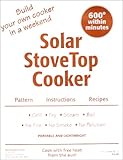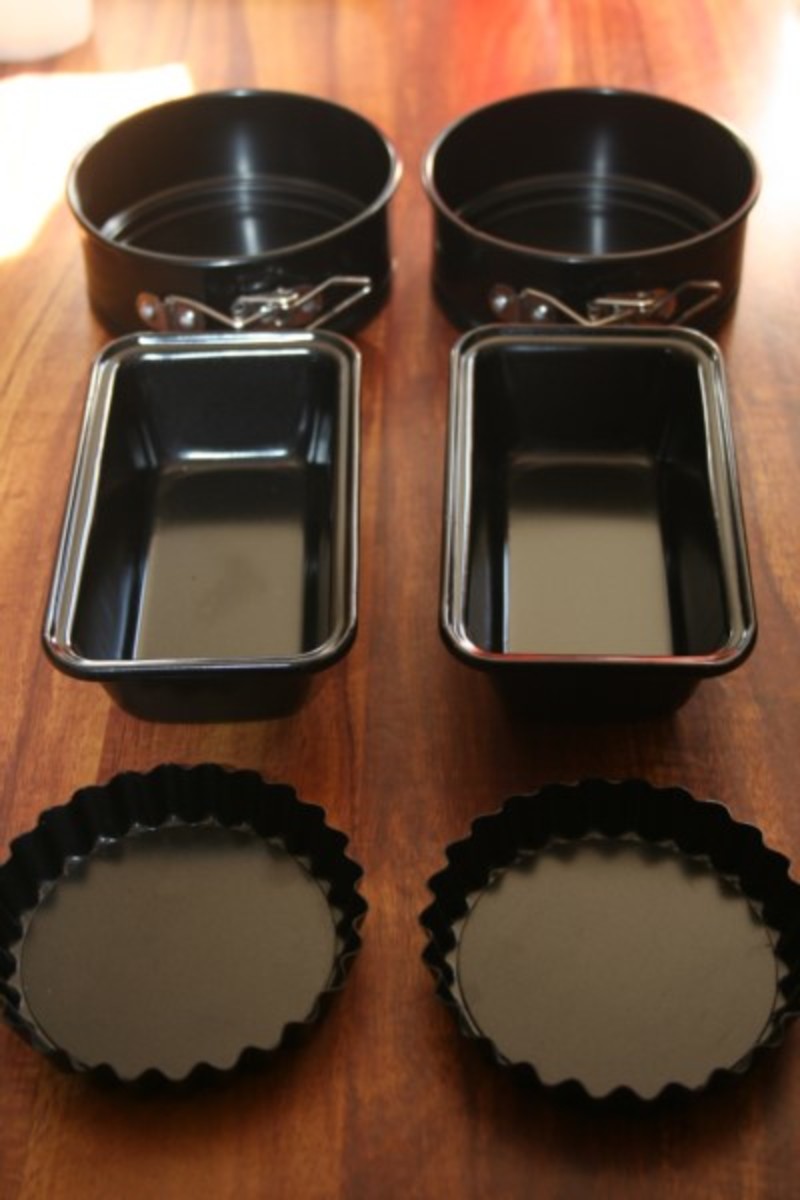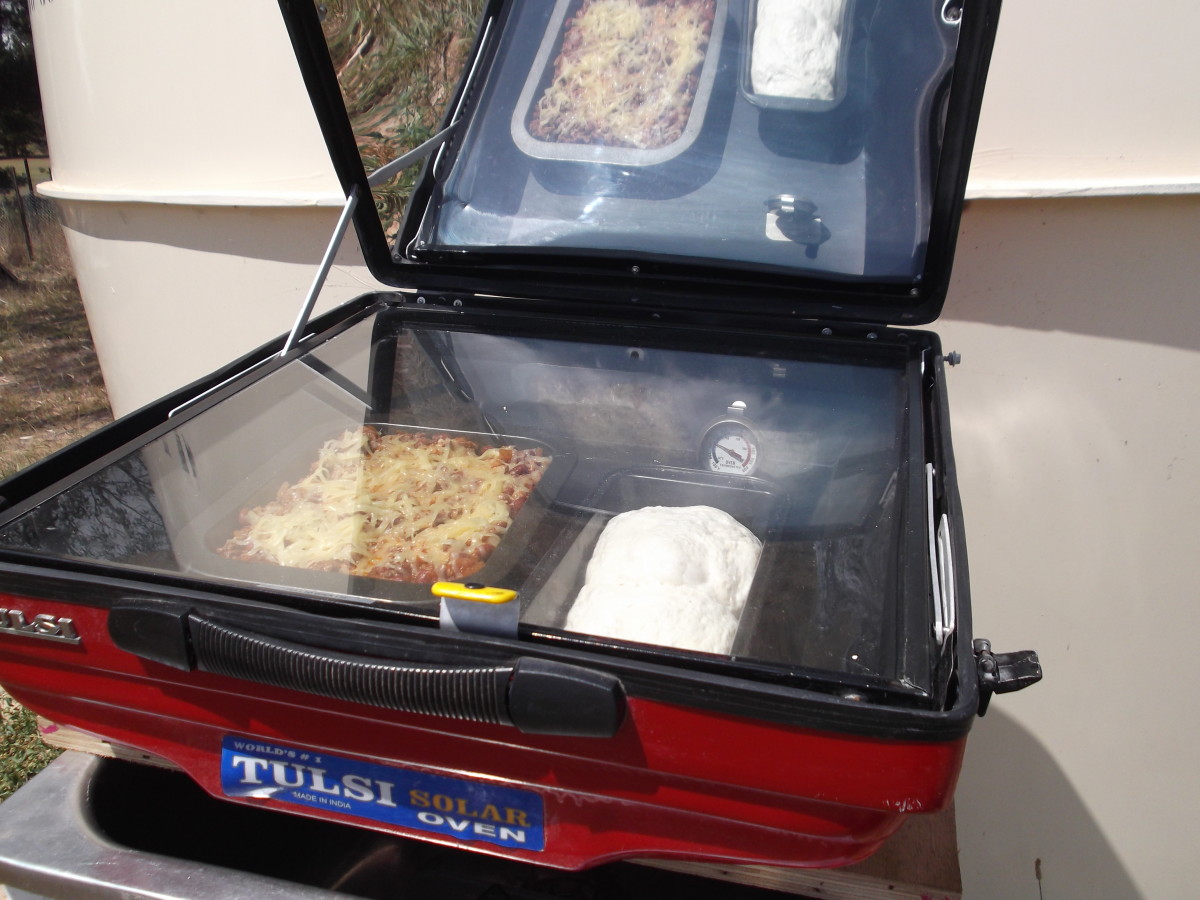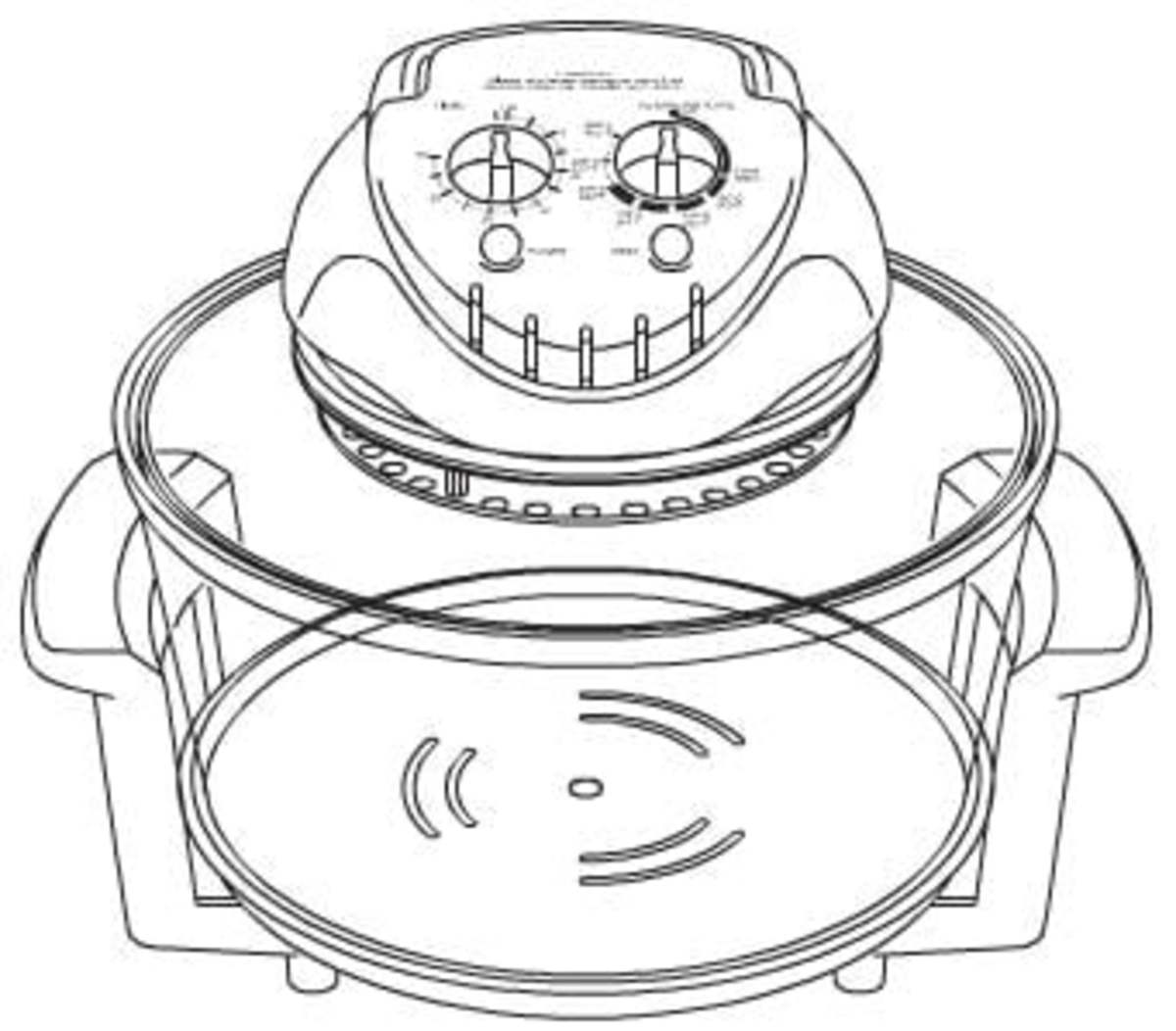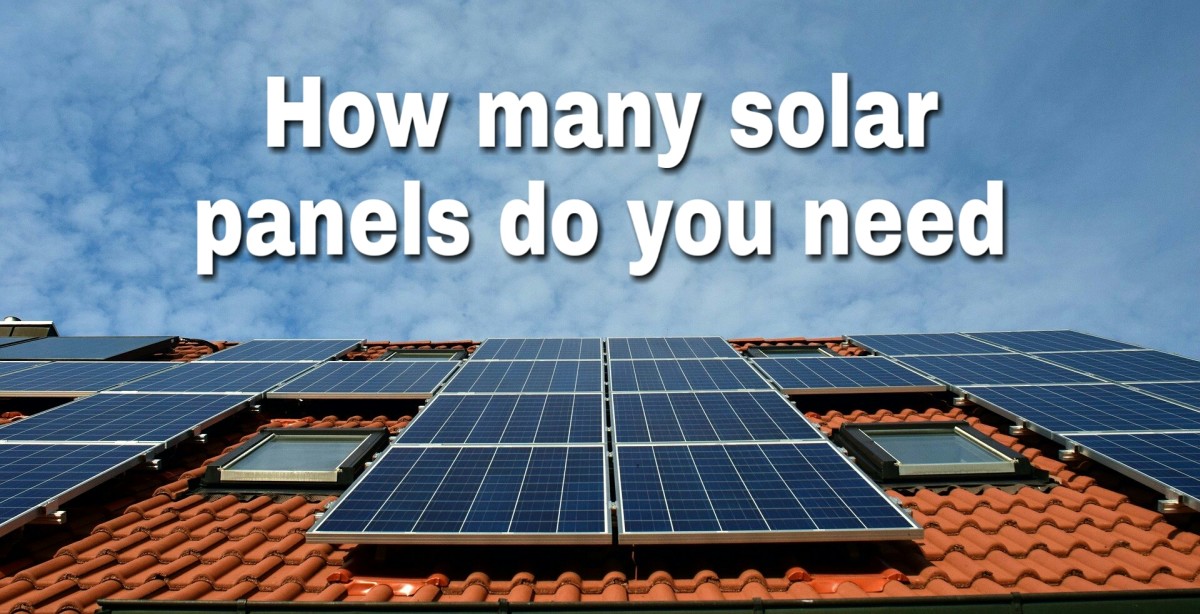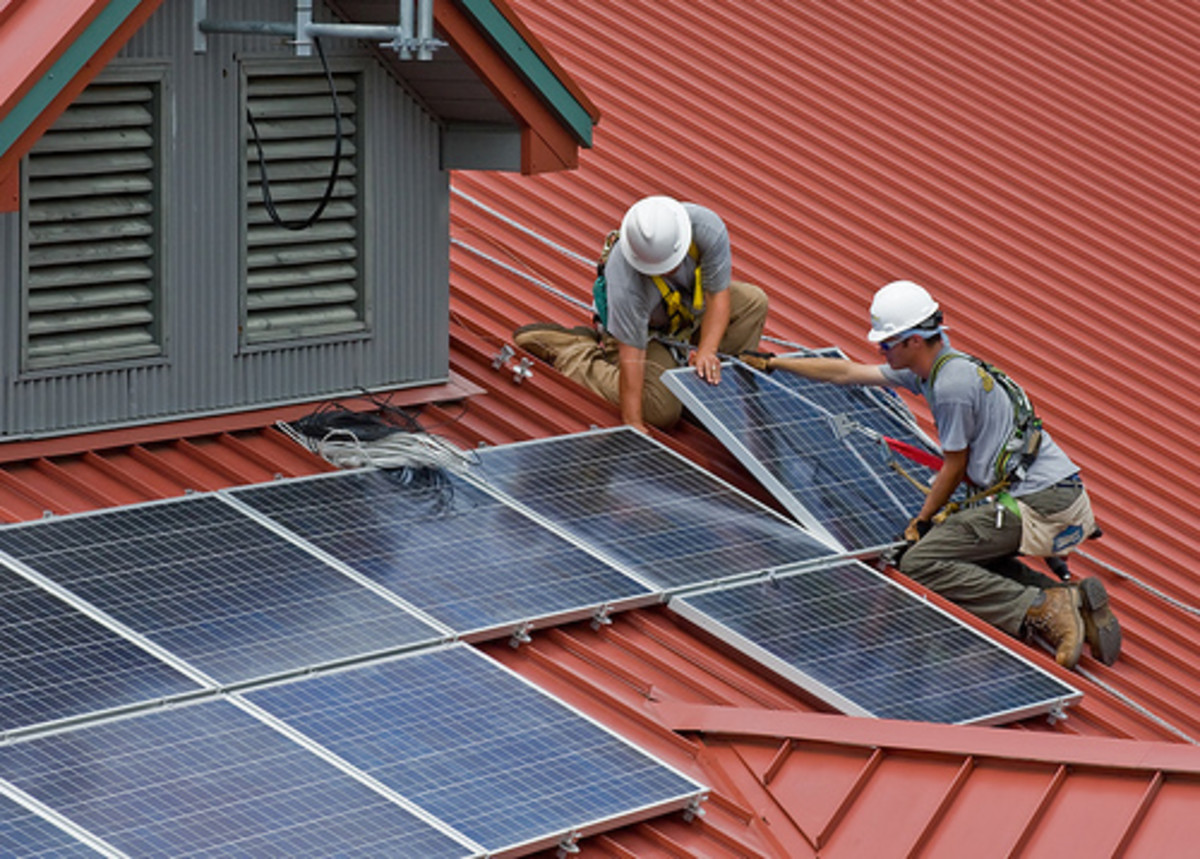Residential sun & solar power systems - solar ovens and solar cookers
Solar cookers / solar ovens
A solar oven uses solar energy as its sole source of fuel, and they therefore cost absolutely nothing to run.
They are fantastic to use when camping, trekking, cooking outdoors, or installing in the wall of a house.
Although mainly promoted in the third-world at the moment, they are increasingly being used in the western world, too.
Solar cookers work by combining three principles, namely converting light to heat, trapping heat, and concentrating sunlight.
A good solar oven uses all three of these in order to get an oven warm enough to cook in or boil water.
It is common for a solar oven to reach a temperature of about 150⁰C, or 300⁰F.
There are several main types of solar cookers, and this article explains what they are and how they work.
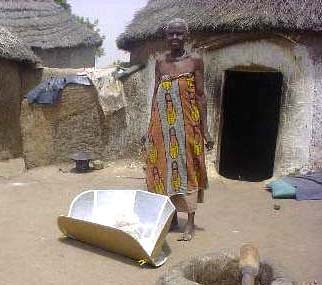
Panel solar ovens
A panel solar oven uses shiny panels to direct sunlight to a saucepan of water or food. Aluminium foil is the most common, pasted onto cardboard or wood.
When made in bulk, in the absolutely cheapest way possible, they cost about £3.50 ($5.50) to make.
Panel cookers don’t reach as high temperatures as some cookers, but the oven reaches high enough temperatures to cook food such as barley, oats, meat, or rice, or to make unclean water fit to drink.
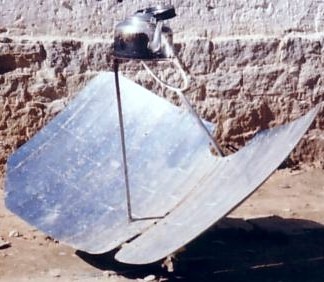
Solar kettles
A solar kettle heats water in order to boil it and make it clean.
It’s particularly useful in third world countries with a great deal of sunshine but unreliable sources of water.
They are also great to boil water for hot drinks or cooking food, without the need to use fuel of any kind.
Because they can be made small and compact, they can be useful for walkers and hikers.
Parabolic cookers
Parabolic cookers are as efficient and reach high temperatures as quickly as conventional ovens, and can and do cook large quanities of food.
Compared with the smaller types of solar ovens, parabolic ovens need a lot more care in building, and also need supervised and trained staff to operate them.
They are often used for cooking in China and India on a large scale where meals need to be prepared for a lot of people.
For example, a parabolic cooker in India is used to prepare 2,000 meals a day.
Solar box cookers
A solar box cooker has a transparent top which is often glass or an oven cooking bag which needs replacing every so often.
Saucepans and casserole dishes used in the solar oven need to be dark, ideally black, in order to increase the efficiency of the oven.
The sides of the cooker need to be insulated to some extent in order to keep heat in.
The maximum temperature reached is about 150⁰C, 300⁰F.
These box cookers can also be installed in the sides of houses and accessed from the inside which increases their utility.
- The solar bowl
Article about the solar bowl in Auroville, India, which powers a vast solar oven.
Solar cookers for travelling or hiking
Solar cookers have also been made for travellers and back packers, and the Swiss Federal Office of Energy has sponsored a foldable lightweight solar cooker weighing less than 2kg (4lbs) including the cooking pot, which can cook a meal for 2 people in approximately an hour.
These have obvious advantages for walkers. They don't need fuel (which is a significant running cost) and are light and easy to carry.
Hybrid solar ovens
Hybrid cookers are also available, which use elements of solar ovens and conventional heating for cooking at night or if the sun is not shining.
They are obviously more reliable, as they do not depend on good sunshine outside, but are more expensive to run as they need conventional fuel as well.

